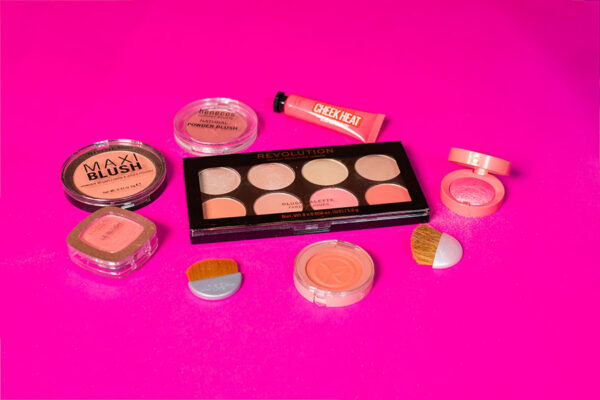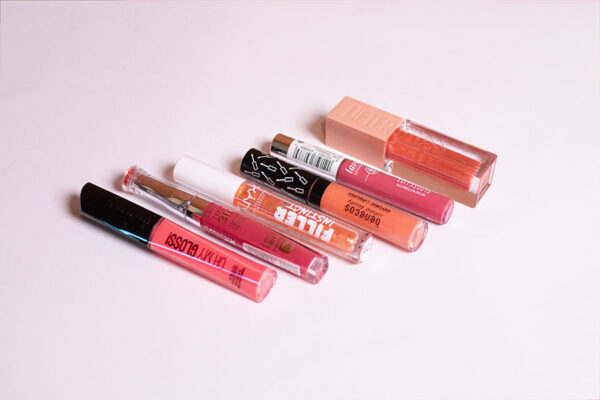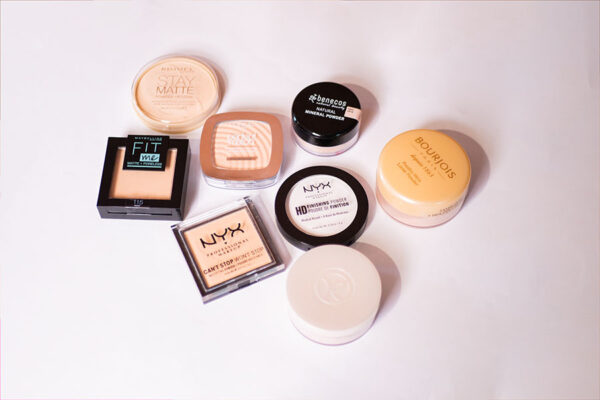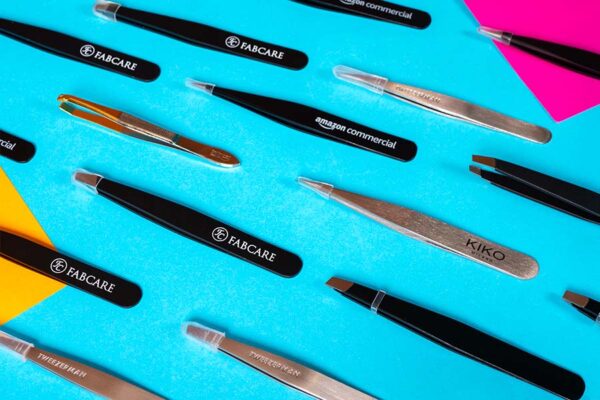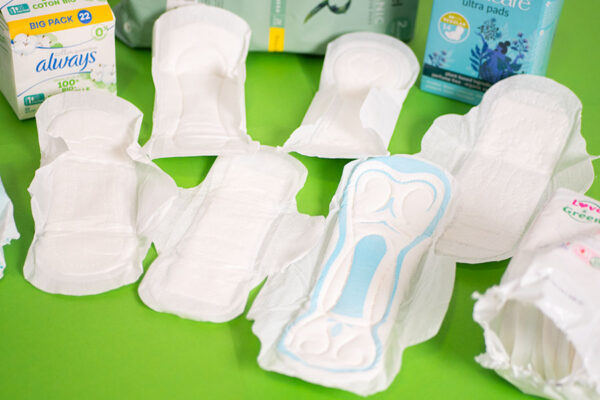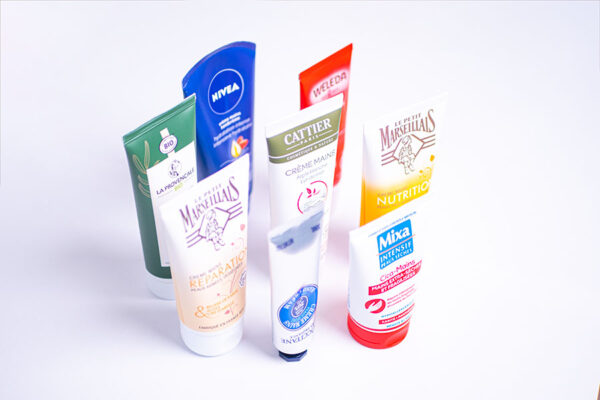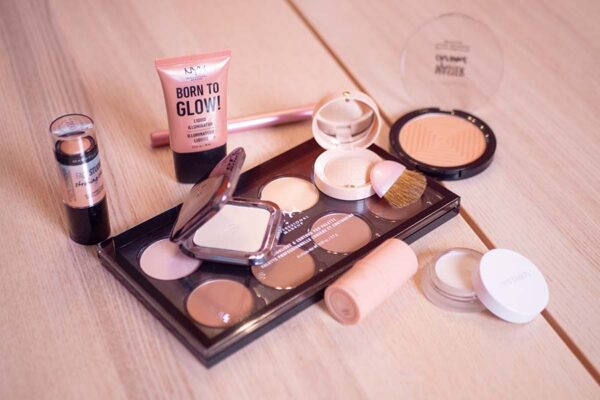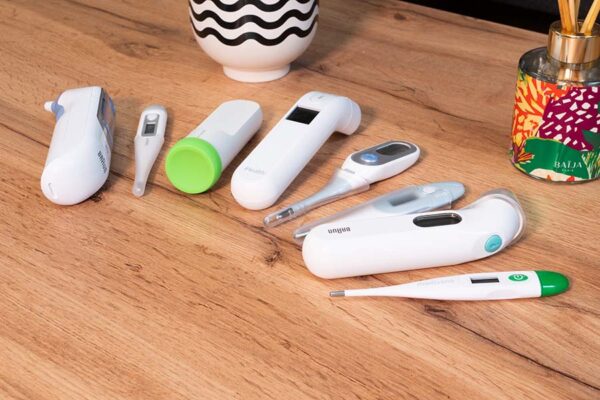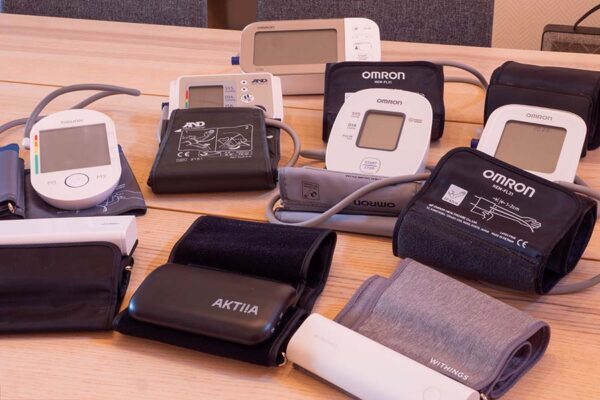Updated on 8 May 2023
The manual toothbrush, ideal for small budgets
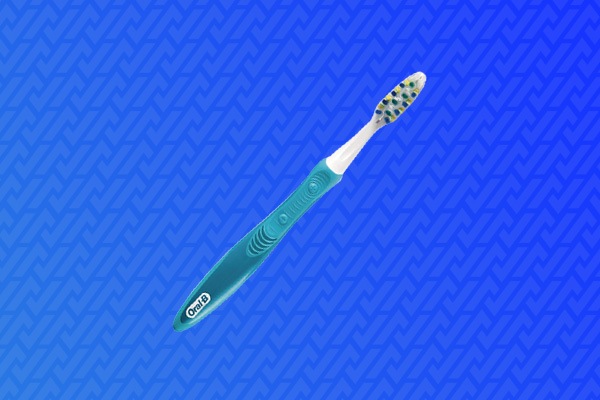





The manual toothbrush requires a small investment as it costs 3£ to 5£ per piece and must be changed every three months. Thus, the annual budget is only from 12£ to 20£ depending on the brush you buy (type of bristles, brand, etc.)
The most important thing to remember when choosing a brush is to avoid brushes that are too long or too wide and have hard bristles. The smaller the brush, the easier it will slide between your teeth. Also, a brush with too stiff bristles can do more harm than good as it can irritate your tooth enamel and hurt your gums.
The electric toothbrush, for an optimal technique
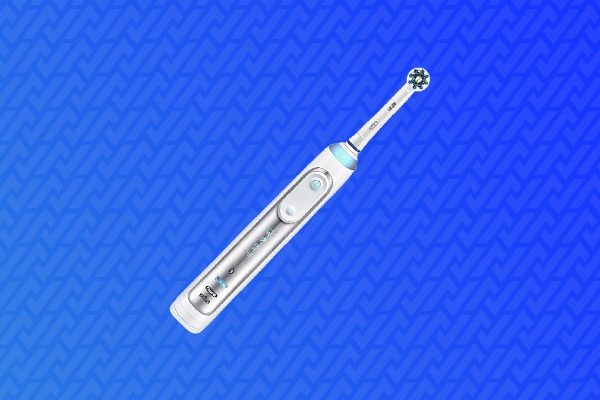








The budget for an electric toothbrush ranges from 8£ to 280£, the cheapest ones running on batteries rather than power. After this initial purchase, you should expect to pay around 4£ per brush, which should be changed every 3 to 6 months, as well as pay for the batteries or electricity used.
It is also important to note that there are two types of electric toothbrushes. Rotary brushes have a round head and are either rotating, oscillating and rotating (ideal to remove dental plaque), or counter-oscillating (with bristles rotating in different directions at the same time). On the other hand, sonic brushes have bristles that vibrate to remove dental plaque and look more like a manual toothbrush.
Lastly, more and more models are coming with various extra features that we think are quite interesting. A timer is pretty much a must nowadays, but you can also look for a warning light that indicates if you are applying too much pressure, for a position detector (making sure you haven’t missed any areas), and for Bluetooth for the more connected of you.
Conclusion
The main difference between the two types of toothbrushes is the price. All you have to do is choose the shape of your brush, depending on the type of appliance you use.
As a conclusion, the most important thing for good dental hygiene is the brushing technique as well as an appropriate action time (2 minutes, 2 to 3 times a day). For this, the electric toothbrush is easier because it generates movements and vibrations that help to remove all dental plaque. But if you have good movements – rotating and not too wide – and a brush with soft enough bristles, the manual toothbrush can do the job just as well.
Translated by Ramsés El Hajje

